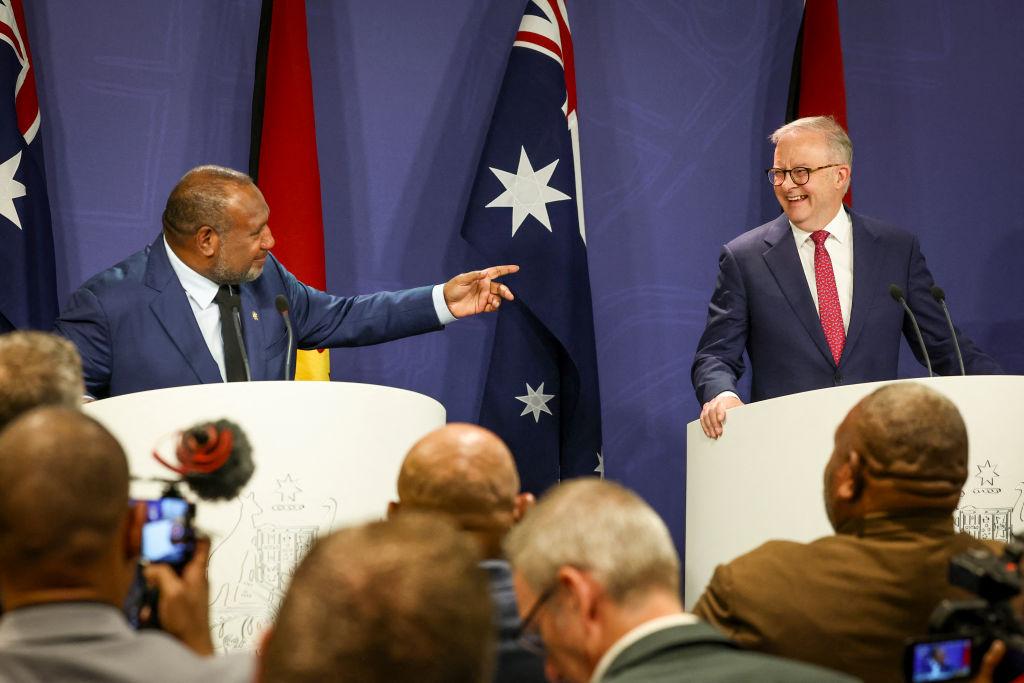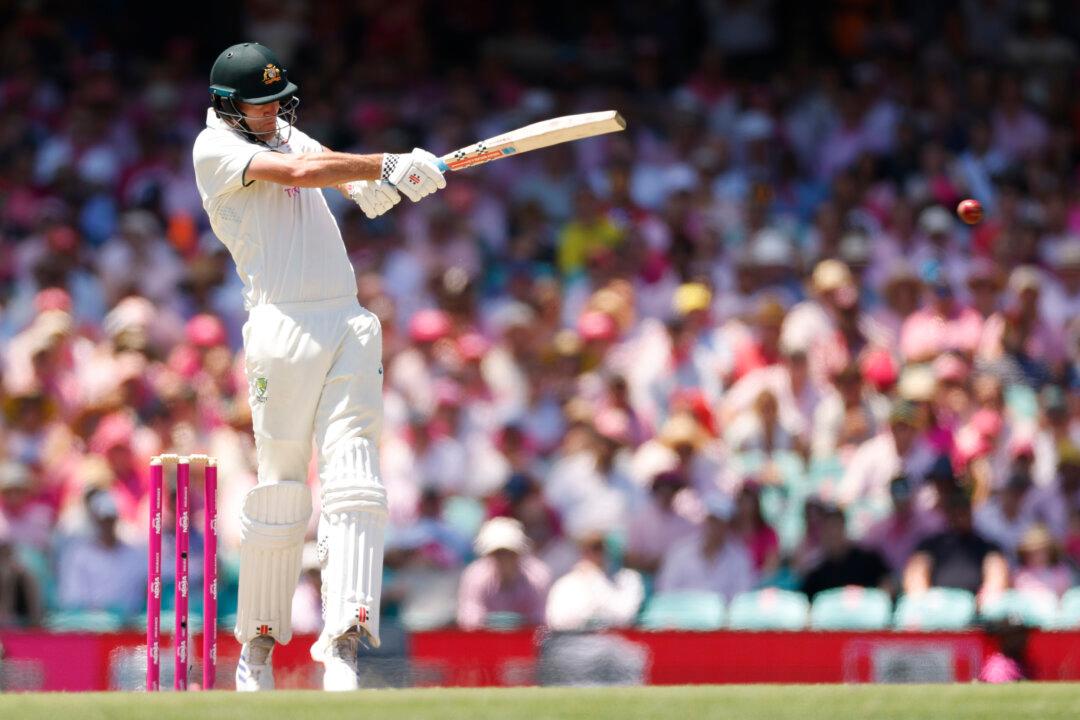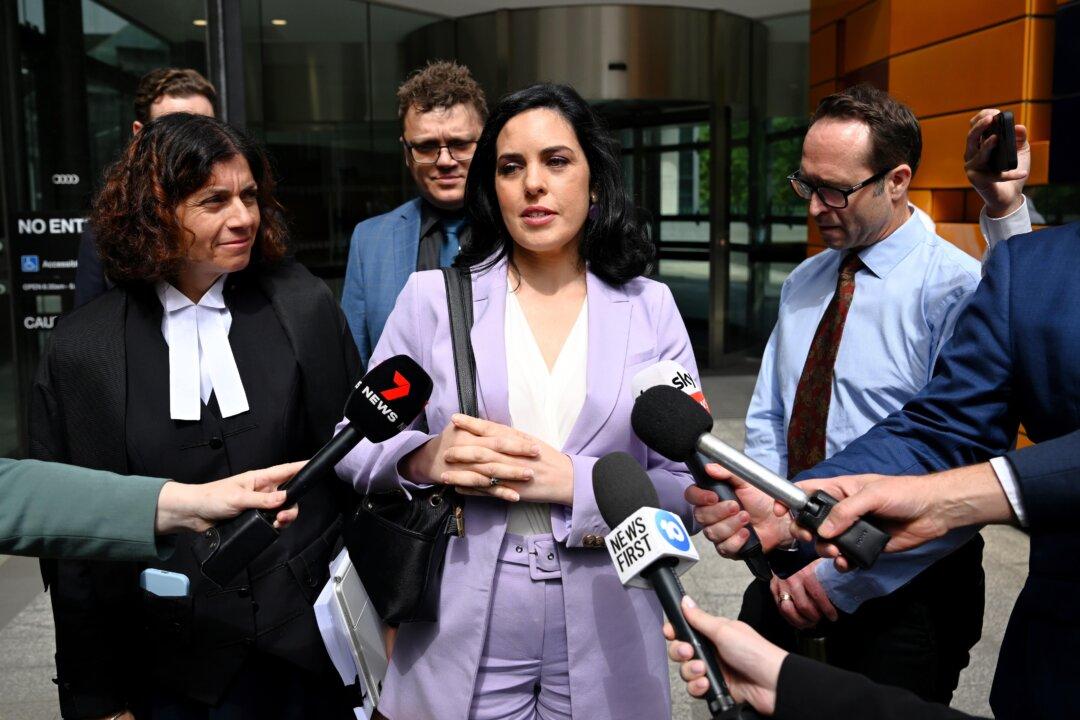Australia has elevated its dispute with China at the World Trade Organization (WTO), calling for a panel to be established to address Beijing’s punitive tariffs on Australian barley exports.
One expert, however, says obtaining a resolution from the WTO could be challenging, given the body has been paralysed since the Trump administration refused to appoint new members to its dispute resolution body in 2019.
Australian Minister for Trade, Dan Tehan, said the government was moving ahead with establishing a dispute settlement panel after it became clear consultations with China in late January had broken down.

“The WTO, dispute settlement system, is designed to allow Members to settle their differences over trade matters in a respectful manner,” he said.
“The Government is committed to defending the interests of Australian barley producers. The anti-dumping and countervailing duties imposed on Australian barley exports are not consistent with China’s WTO obligations.”
The tariffs came not long after Chinese Ambassador Cheng Jingye in Canberra warned of potential economic sanctions against the country following calls by Foreign Minister Marise Payne to investigate the origins of COVID-19.

Australian officials tried for months to negotiate but were unable to get in contact with their Chinese counterparts.
How the WTO Process Works?
The WTO dispute resolution process has three stages: consultation, the panel, and finally, an appeal.The consultation process, which has a 60-day time period, was wound up in late January. The next stage sees the convening of a panel to oversee and investigate the dispute.

The panel will conclude with an interim and final report presented to the Dispute Settlement Body for a formal ruling. If the ruling is in Australia’s favour, Beijing will either need to remove the barley tariffs or negotiate a compensation payout to Australia.
Failing this, Australia could be granted permission by the WTO to retaliate.
The entire process could extend over a 12 to 18-month process.
However, while that is the theory, the current reality is far different.
“In practice, the appeals process has been frozen for more than a year now,” Professor Peter Draper, executive director at the Institute for International Trade at the University of South Australia, told The Epoch Times.
In turn, the Appellate Body cannot hear appeals because it lacks the numbers to constitute a body.

Draper said any final ruling handed down in the current Australia-China dispute could be “appealed into the void” by either party.
“You know that there’s no appellate body, but you just appeal it anyway. And effectively, therefore, you kill the dispute.”
An alternative body was set up after the WTO Appellate Body was frozen, called the Multi-Party Interim Appeal Arbitration Arrangement (MPIA), of which China and Australia are signatories.
Where Does This Leave Australia?
“I think you'd have to go back to what Australia’s motivations and bringing this case are, and I think the fundamental motivation is to highlight the importance of the rule of law procedures, international rule of law procedures,” Draper said.“Where better to do this than in the apex global trade body the WTO? In other words, the signals that China sends in how it responds will be watched by the entire membership,” he said.

“The process, and the issuance of the reports, will be illuminating. As they say, ‘sunlight is the best disinfectant.’ I think that’s what the Australian government is aiming for in this case.”





